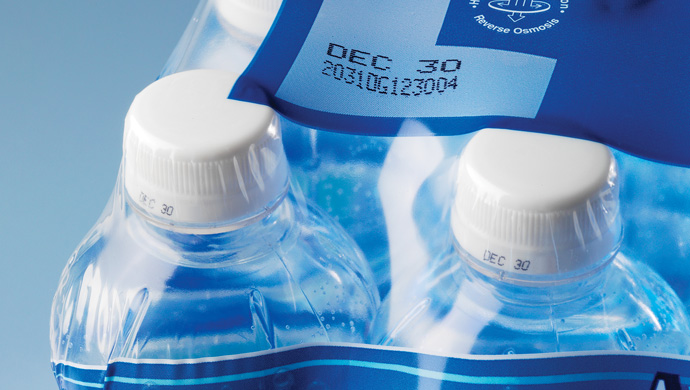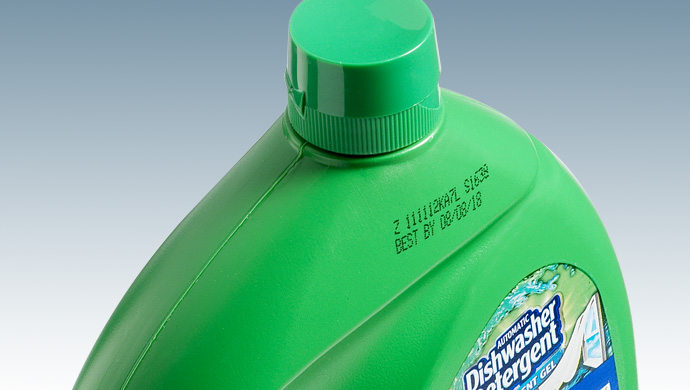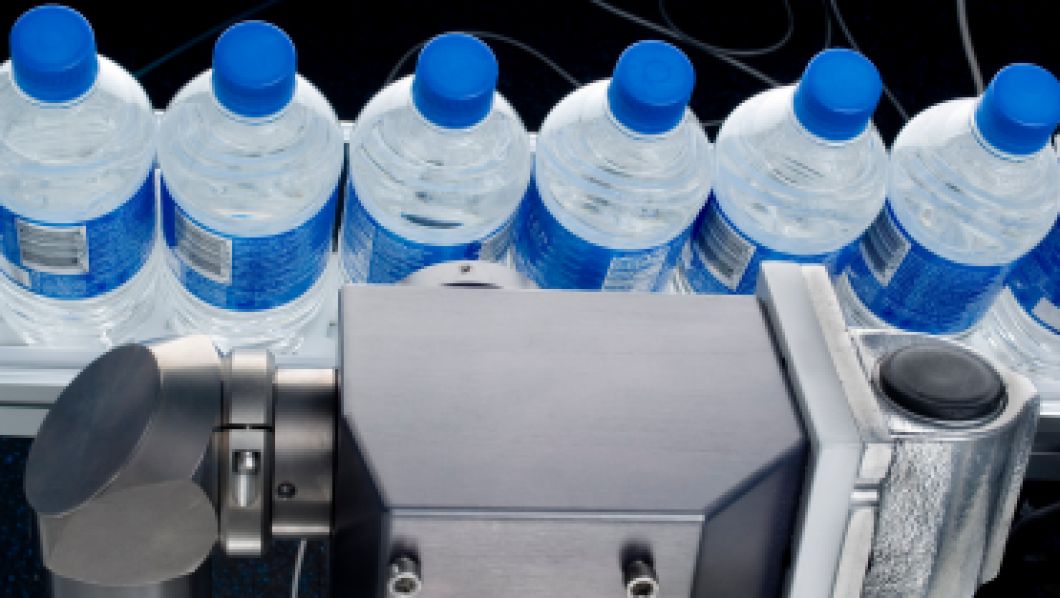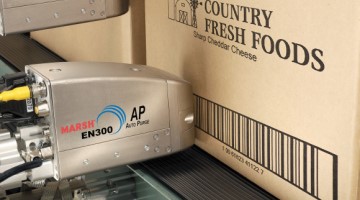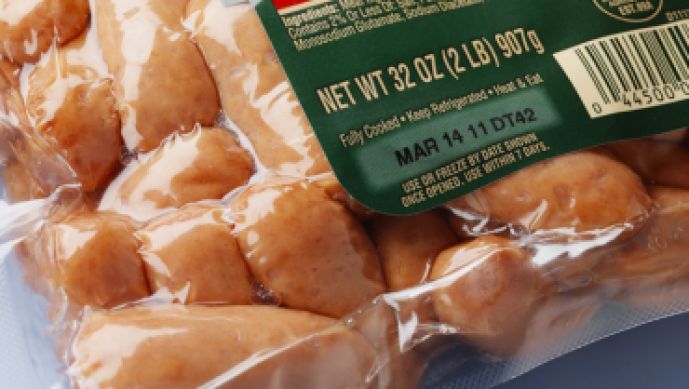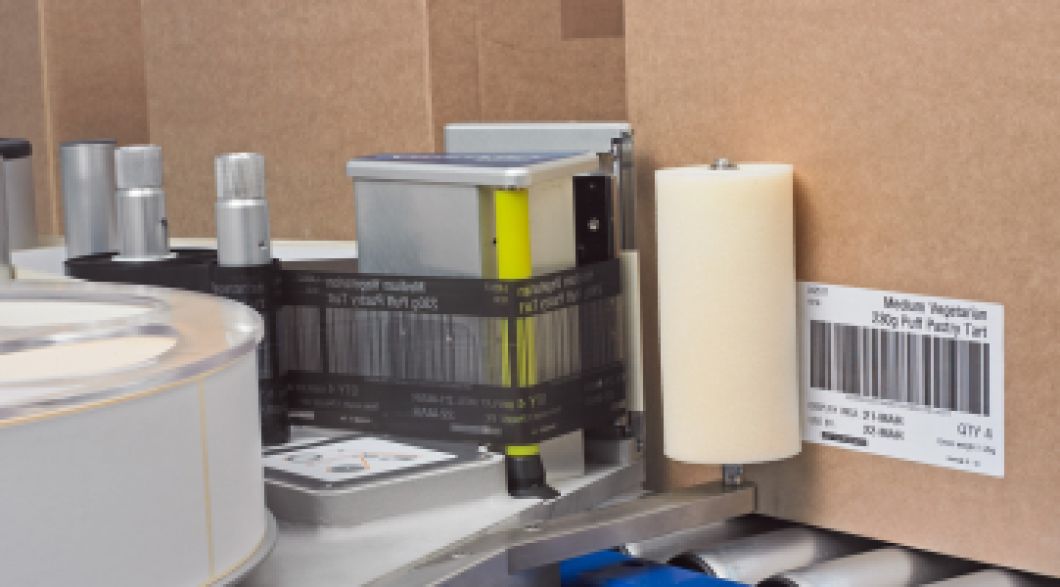Pallet wrapping involves providing protective containment for goods assembled on pallets prior to shipping. These can be either be unit pallets, consisting of numerous cases of the same product, or diverse pallets, composed of different packaged and cartoned products palletized together because they are being shipped to the same destination. The pallet loads are wrapped by pallet wrapping machines with arms that move around the loads, applying stretch film that holds the loads securely in place during moving and shipping. The film wrap also protects the loads from weather and other environmental forces. The stretch film, as it tries to return to its original configuration, holds loads tightly intact as they are moved around the destination location before they are opened and the products shelved or warehoused.
To facilitate proper delivery, each wrapped load must be labeled with its specific destination information. To ensure successful delivery, labeling must be able to survive the rigors of pallet movement prior to and following shipping, as well as during the logistical journey itself. They must remain clear, readable and firmly in place until they reach their destination.
Particularly in the case of mixed pallet loads, pallet labeling also reflects the contents of the pallet. In such cases, scanning the pallet label reveals the label information for each of the items on the load.
Because of the scale of the pallet loads, pallet labeling is done by hand in smaller operations, using print-and-apply hand-held devices. Large operations, that produce more pallet throughput use automated systems to maintain productivity.
Several types of automated pallet labeling systems are used to label filled pallets. Due to the size of pallet loads and their distance from the label print source, these machines usually have arms that extend toward the pallet film to apply the labels. Each system includes an on-demand label printer, usually an inkjet machine, and an attached module that applies the label.
Heavy duty tamp modules have arms that extend up to 32 inches, for example. Label printers print each label, which is then held by a vacuum pad on the arm. The pad is moved to the proper position, usually by a chain drive, and tamped firmly on to the pallet load’s film surface.
Another pallet labeling system option includes a heavy-duty swing arm labeling module. It includes an arm that can be extended, usually to 24 inches. In this machine, the vacuum pad receives a printed label, which then swings out to apply it to the pallet load.

